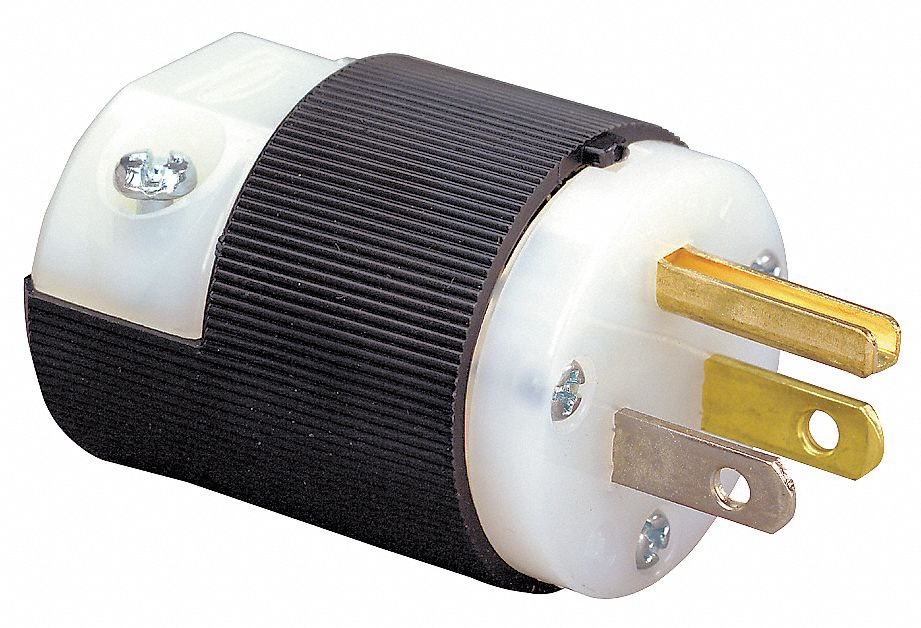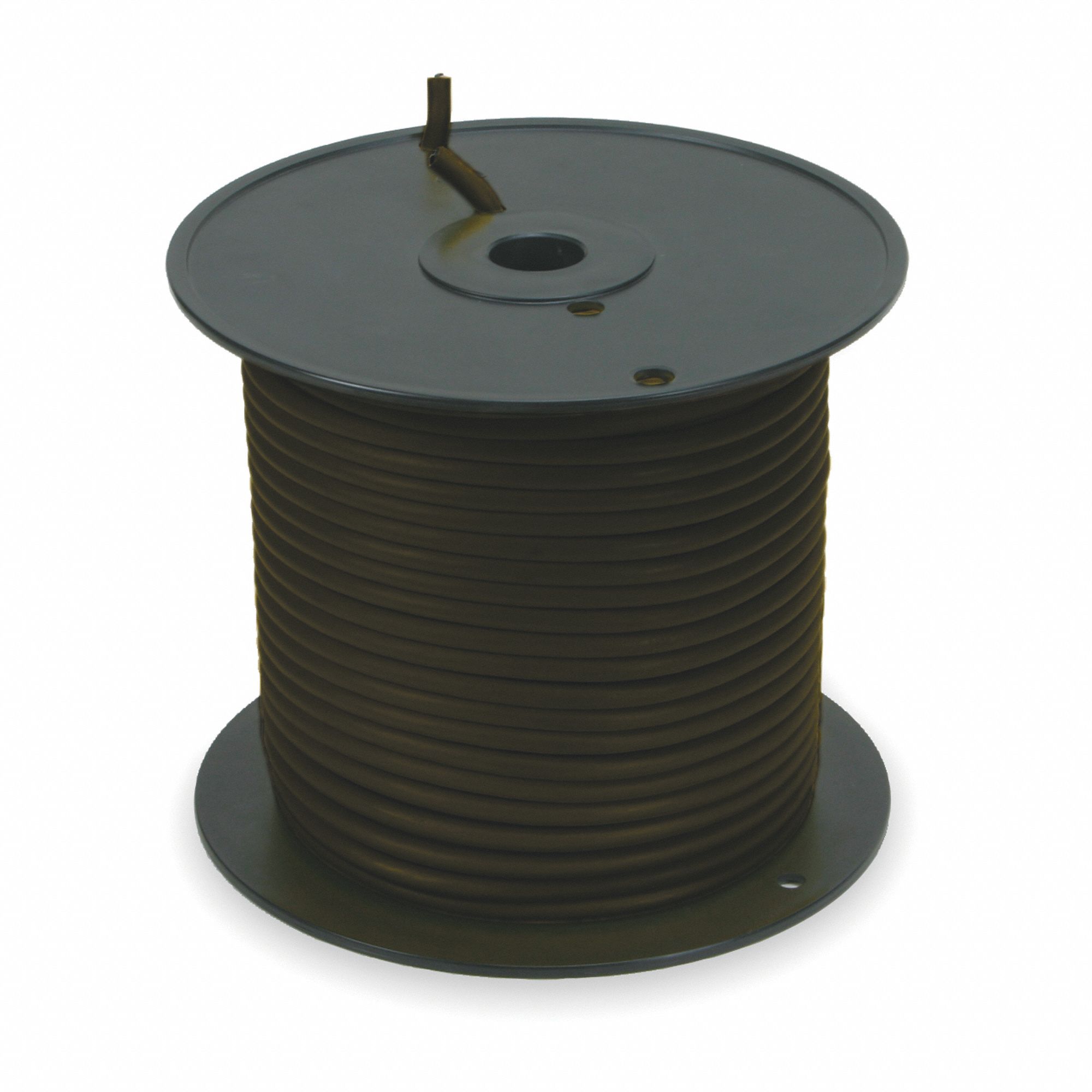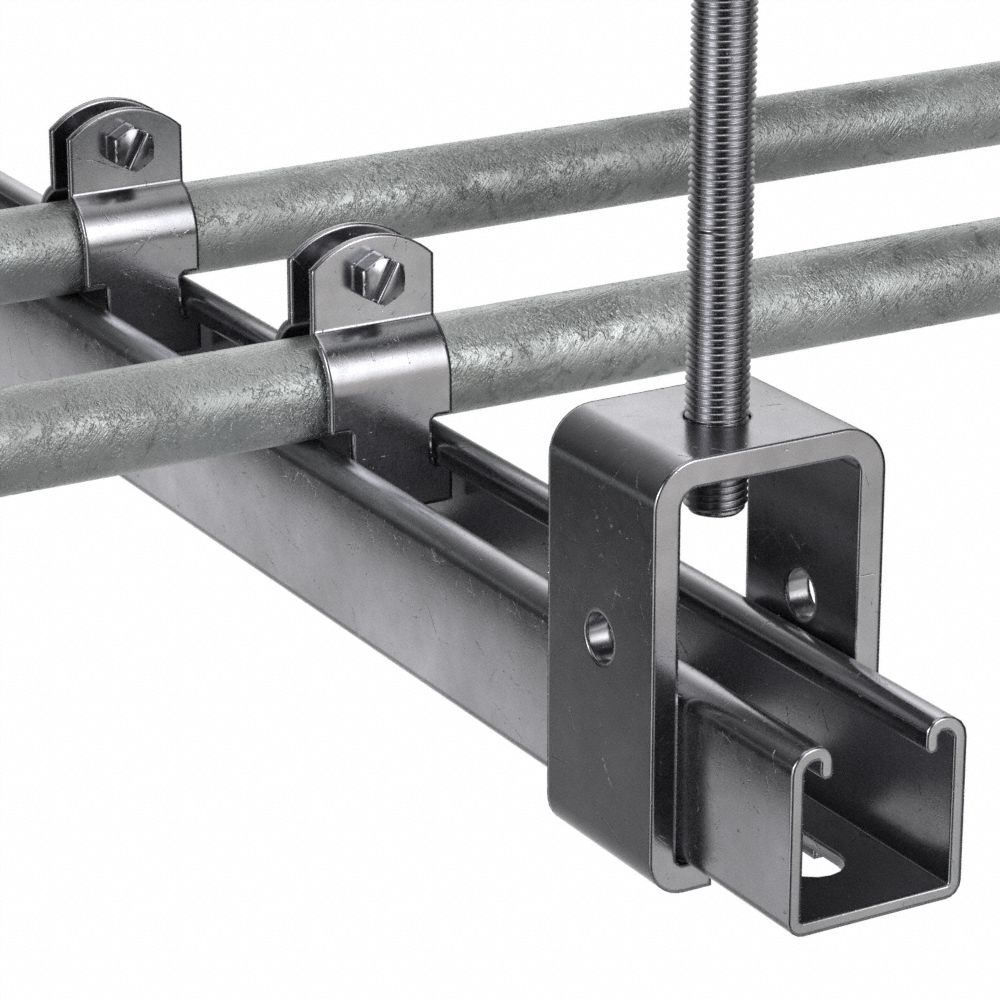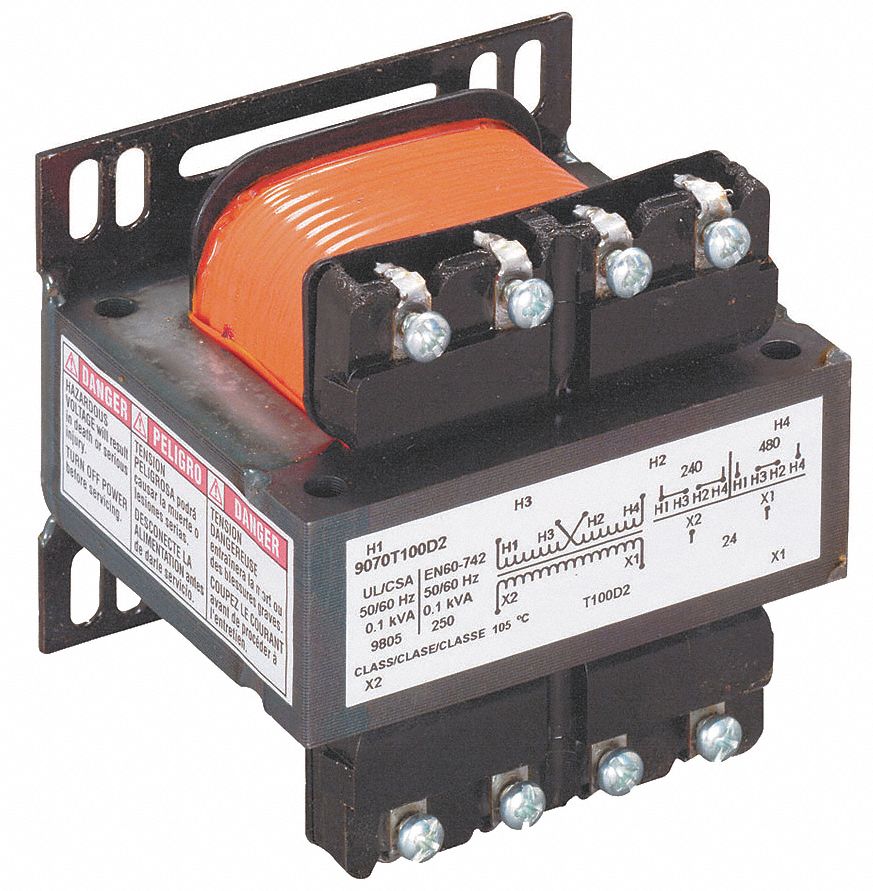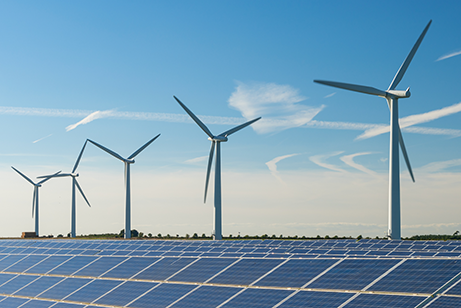

How Saving Energy Helps Save the Environment
By Grainger Editorial Staff 6/28/22


Efforts to improve commercial energy efficiency are often rooted in the drive for cost savings. And while there are many ways to accomplish this, doing so can not only boost your bottom line, it can have a positive impact on the environment.
Energy Consumption and the Environment
According to the Environmental Protection Agency (EPA), about 40% of energy consumed in The U.S. is used to generate electricity. The U.S. Energy Information Administration reports that in 2021, 60.8% of all electricity in the U.S. was generated from burning fossil fuels such as coal, natural gas and crude oil. Not only are fossil fuels nonrenewable, studies are showing that burning fossil fuels can have a significant negative impact on both health and wellness and the economy.
Research led by Harvard University and other major universities attributed 8 million deaths in 2018 – one of every five worldwide – to fossil fuel pollution. The State Energy and Environmental Impact Center at the NYU School of Law outlined a series of direct and indirect causes for illness and death related to the burning of fossil fuels. It not only releases such air pollutants as mercury, nitrogen dioxide and sulfur dioxide, but it is linked to increasing incidences of extreme weather events, vector-borne illnesses and food insecurity due to drought and floods, among other things.
In addition to the toll fossil fuels are taking on human health, there’s a significant economic impact. The Centre for Research on Energy and Clean Air published a 2020 study that pegged the global economic losses from fossil fuel air pollution in 2018 at $2.9 trillion, with the U.S. ranked second for per-capita losses. Much of this cost can be attributed to work absences and treating and managing the health conditions associated with air pollution.
Ways to Reduce Energy Consumption
Investors and many consumers are increasingly insisting that organizations build and implement an environmental, social and governance (ESG) strategy. Reducing dependence on fossil fuels is often central to the environmental part of that strategy. There are a variety of tactics available for companies to make this move.
Installing solar panels can help you reach sustainability goals and reduce your facility's carbon footprint. Many states offer tax credits and incentives for switching to solar as well. While switching to solar power or adding solar panels to your facility may require some longer-term planning and budget, there are some steps you can take right now to help combat the effects fossil fuel pollution.
The two biggest energy users in most facilities are lighting and HVAC systems. For lighting, one step you can take relatively easily is switching out incandescent lamps with LEDs. While the initial outlay may seem significant depending on your facility, the longer life of these lamps, coupled with the fact that they use up to 90% less energy than incandescent bulbs, helps to offset those upfront costs. Even better, the cost of LEDs has come down dramatically in recent years. The other benefit of LEDs is that they don’t contain mercury so they are more environmentally responsible than incandescent lamps. Installing motion sensors is another way to reduce energy consumption, by helping to ensure lights are not on in unoccupied spaces.
You can reduce the energy your HVAC system consumes by keeping a regular maintenance schedule. Changing out air filters, setting thermostats to optimal temperatures (per manufacturer recommendations) and sealing any leaks in windows and doors will help to keep your system operating as efficiently as possible. Other drains on HVAC systems can include large temperature fluctuations and air infiltration in the summer months. Switching to high-efficiency motors to run your system can also help. For example, NEMA frame general purpose AC motors use a capacitor to provide additional power needed during startup for higher torque and a separate capacitor while the motor runs for higher operating efficiency.
Once leaders in your organization have committed to making energy efficiency a focus, you may want to craft a plan for communicating your energy management and sustainability goals to employees throughout the organization. Getting everyone on board by letting them in on the plan, why it's important and the benefits to the organization can go a long way. Doing the right thing for your building, its occupants and the environment is a change that can also have a big impact on overall energy costs.
Improvements to energy efficiency will look different for every facility. Your building’s size and age, and the age of your lighting and HVAC systems will all be determinants for your particular program. But the most important step you can take right now is to get started.
Grainger offers energy management services and audits to help locate the greatest opportunities for reducing energy consumption and costs.
The information contained in this article is intended for general information purposes only and is based on information available as of the initial date of publication. No representation is made that the information or references are complete or remain current. This article is not a substitute for review of current applicable government regulations, industry standards, or other standards specific to your business and/or activities and should not be construed as legal advice or opinion. Readers with specific questions should refer to the applicable standards or consult with an attorney.

